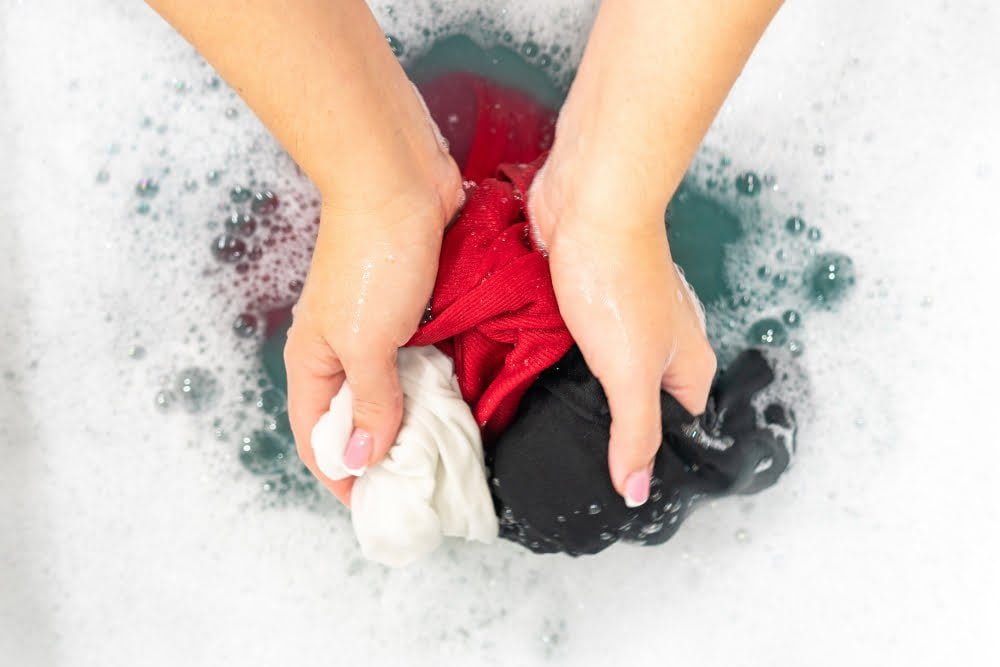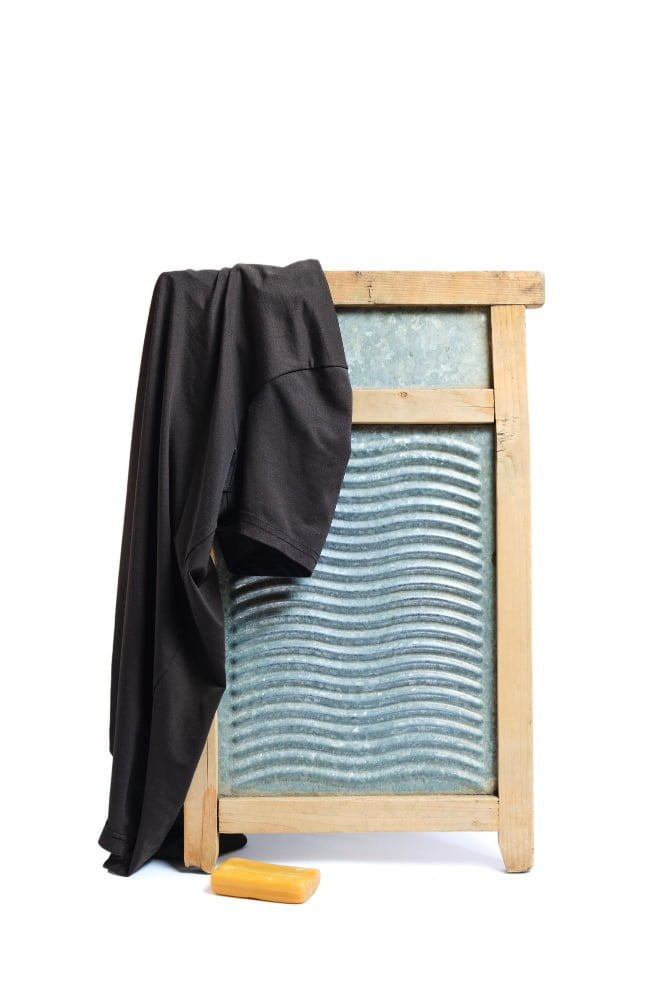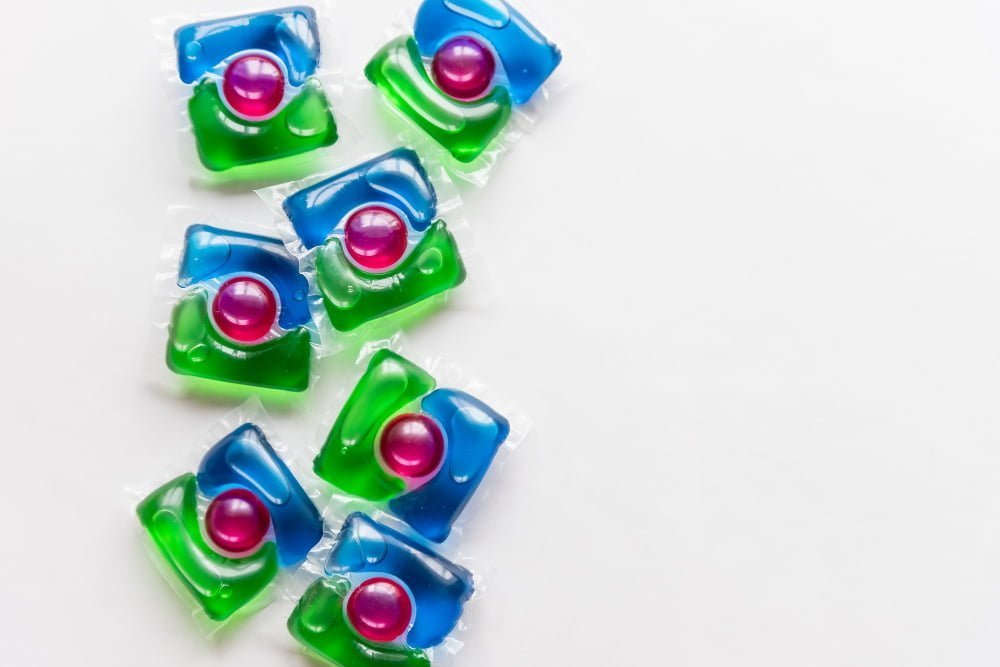Last updated on
Discover budget-friendly and innovative washing machine alternatives that can transform your laundry routine. Read on!
A washing machine is an essential appliance in most households, but it can also take up valuable space and be quite expensive to purchase and maintain.
That’s why I’ve been on a mission to find alternative ways to get our clothes clean without breaking the bank or sacrificing style. In this blog post, I’ll be sharing 6 washing machine alternatives that you may not have considered before.
From hand-washing techniques to innovative cleaning tools, each option has its own set of advantages and disadvantages that you’ll want to weigh before making a decision. So grab a cup of coffee (or tea), sit back, and let’s explore some creative ways to keep your clothes looking their best!
Hand Washing

When it comes to washing clothes, hand washing is one of the oldest and most traditional methods. It involves using your hands to scrub and rinse clothes in a basin or sink filled with water and detergent.
Hand washing has several advantages, including being gentle on delicate fabrics, saving energy costs since you don’t need electricity or running water, and allowing for more control over the cleaning process.
However, there are also some disadvantages to hand washing. It can be time-consuming as each garment needs individual attention which may not be practical if you have a large family or busy schedule.
It requires physical effort that may not be suitable for those with mobility issues or health problems such as arthritis.
Despite these drawbacks though many people still prefer handwashing their clothes because they believe that it provides better results than machine washes while also being environmentally friendly by reducing energy consumption from machines!
Washboard

One of the oldest and most traditional washing machine alternatives is the washboard. This simple tool has been used for centuries to scrub clothes clean by hand.
The advantage of using a washboard is that it requires no electricity or special plumbing, making it an ideal option for those living off-grid or in remote areas without access to modern appliances.
However, using a washboard can be time-consuming and physically demanding as each garment must be individually scrubbed on the board. It may also not be suitable for delicate fabrics as they could get damaged during the process.
Despite its limitations, many people still prefer using a washboard due to its simplicity and effectiveness in getting clothes clean without relying on technology.
Bucket and Plunger
This method has been used for centuries, especially in areas where access to electricity or running water is limited.
The process involves filling a large bucket with water and detergent, adding clothes, and then agitating them with a plunger.
Advantages of this method include its affordability as buckets and plungers are readily available at low costs. It also uses less water than traditional washing machines which makes it an eco-friendly option.
It allows you to control the amount of agitation your clothes receive which can be beneficial for delicate fabrics.
However, there are some disadvantages to consider before opting for this alternative method. Firstly, it requires more physical effort compared to using an electric washing machine as you have to manually agitate the clothes yourself with the plunger.
Secondly, larger items such as blankets or comforters may not fit comfortably in a standard-sized bucket making cleaning them difficult.
Portable Washer
One of the most popular washing machine alternatives is a portable washer. These compact machines are perfect for small apartments or homes with limited space.
They can be easily moved around and stored away when not in use.
Advantages:
- Portable washers are affordable compared to traditional washing machines.
- They consume less water and electricity, making them eco-friendly.
- You don’t need any special plumbing or installation to use them.
- Most models come with different wash cycles and settings that allow you to customize your laundry needs.
Disadvantages:
- Portable washers have smaller capacities than regular washing machines, so you may need to do more loads of laundry.
- Some models require manual filling of water before each cycle, which can be time-consuming if you have a lot of laundry to do.
- The spin cycle may not be as effective as traditional washing machines, leaving clothes wetter than usual.
Portable washers are an excellent option for those who want an affordable and convenient way to do their laundry without taking up too much space.
Laundry Pod

Another alternative to traditional washing machines is the laundry pod. These small, portable devices are designed for smaller loads of laundry and use less water than a standard machine.
They work by filling the pod with water and detergent, adding in your clothes, then manually agitating them to clean.
One advantage of using a laundry pod is their portability – they can be taken on camping trips or used in apartments without access to a washer/dryer unit. They use less energy than traditional washers since there’s no need for electricity or plumbing.
However, one disadvantage is that they’re not as efficient at cleaning larger loads of clothing compared to full-sized washing machines. Also, because you have to manually agitate the clothes yourself it can be time-consuming and tiring if you have many items needing washed.
Overall though if you’re looking for an affordable way to do small amounts of laundry while saving money on utilities bills then consider investing in a Laundry Pod!
Scrubba Wash Bag
This portable and lightweight bag allows you to do your laundry anywhere, anytime.
The concept behind this product is simple yet effective: fill the bag with water, add detergent and clothes, seal it up and then rub it against a flat surface for a few minutes to create friction that cleans your clothes.
The advantages of using a Scrubba wash bag are numerous. Firstly, it’s incredibly convenient for travelers or those living in small apartments without access to laundry facilities.
Secondly, since there’s no need for electricity or running water like traditional washing machines require; you can save money on utility bills while also reducing your carbon footprint.
However, there are some disadvantages worth considering before investing in this product. For one thing, larger items such as blankets or sheets may not fit inside comfortably due to its size limitations (it can hold up 3-4 t-shirts at once).
Additionally if you don’t have access to enough clean water sources when traveling – filling up multiple times could be an issue.
Recap




